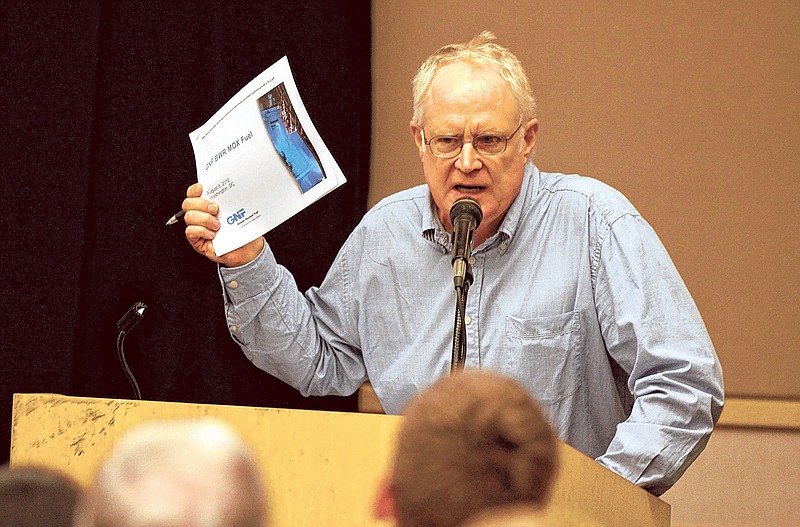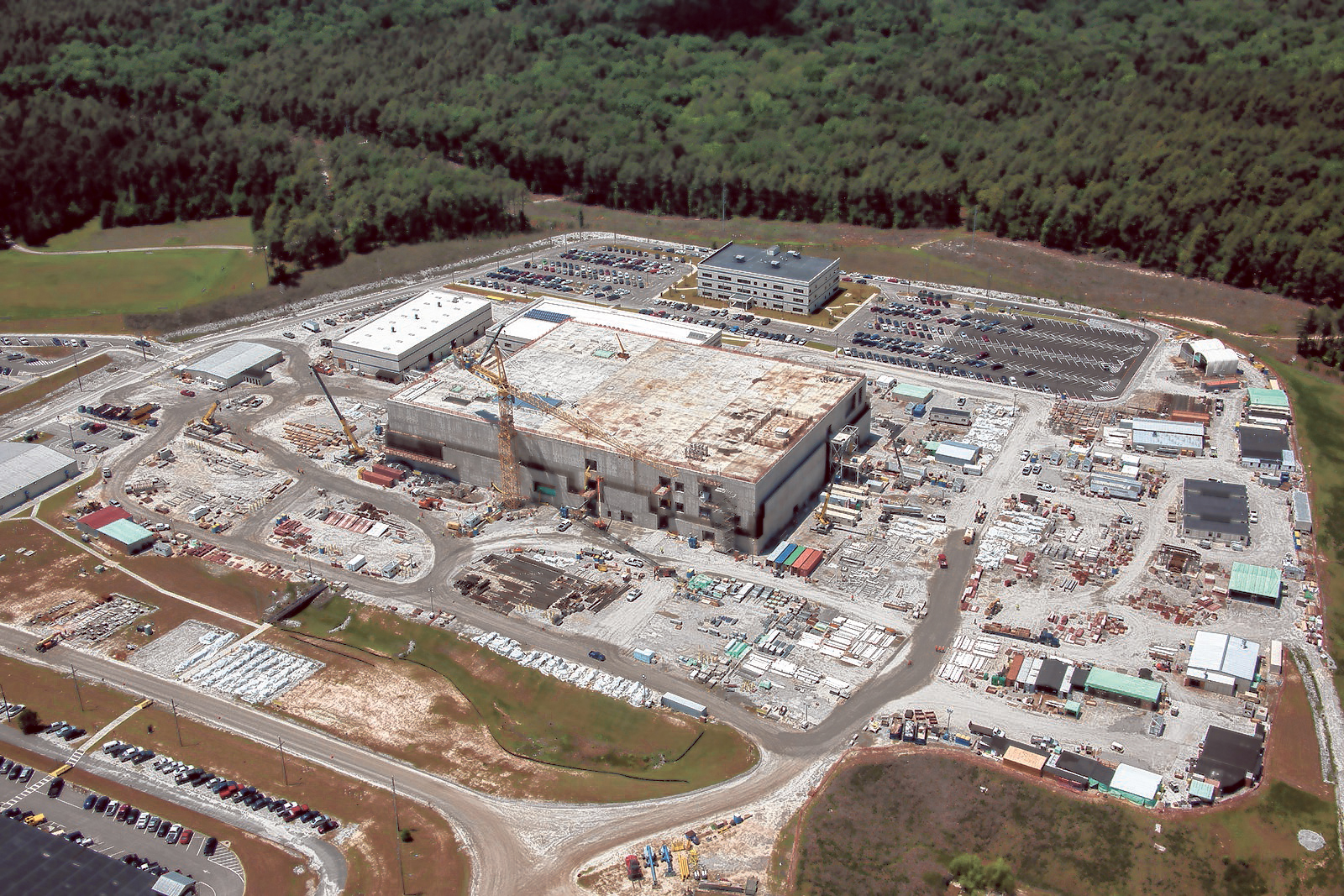The U.S. military appears to be backing off from its plans to produce plutonium fuel (MOX) for TVA nuclear plants derived from surplus bomb materials from America's nuclear arsenal.
After delays and cost overruns at its Savannah River Site in South Carolina, the U.S. Department of Energy has dropped its earlier preference to produce MOX fuel for commercial nuclear power plants from old and decaying nuclear bombs. In a new environmental assessment of the multibillion-dollar project released last week, DOE said that it "has no preferred alternative" for disposing of 14.4 tons of surplus plutonium from U.S. nuclear warheads.
Previously, DOE said it wanted to convert the plutonium into nuclear fuel for electricity generation at a plant it is building at Savannah River -- projected to cost from $8 billion to $12 billion. The Tennessee Valley Authority, the only major government-owned utility that operates commercial nuclear power plants, agreed to participate with DOE in research for the project, although the federal utility has not committed to using MOX fuel in any of its facilities.
But Congress has not funded enough money to continue to pursue much major new construction of the Savannah River facility, where costs have soared and schedules have slipped. No utility has yet committed to buying any of the MOX fuel DOE is preparing to produce.
In 1999, the National Nuclear Security Administration began the design of the MOX fuel fabrication facility in South Carolina to take surplus weapon-grade plutonium, remove impurities and mix it with uranium oxide to form MOX fuel pellets for reactor fuel assemblies. The surplus plutonium has resulted from arms control treaties that limit nuclear arsenals and the aging fleet which must be replaced over time.
The Savannah River MOX production plant has yet to be completed even after billions of dollars has been spent. DOE estimates the total lifetime cost of the plant to 2040 will be more than $34 billion. Some have estimated the costs could end up tripling that number.
Congress agreed last year to fund the Savannah River MOX plant construction at $345 million. DOE has previously indicated it will need $800 million or more per year for two decades to complete the project.
Tom Clements, Tom Clements, director of SRS Watch, a public interest group located in Columbia, South Carolina, said DOE is wasting money continuing trying to build a mixed oxide fuel fabrication facility..
"The decision by DOE to officially back away from the MOX option is the only sensible thing the department could do as it is obvious that the MOX program is no longer financially viable and must be terminated," he said. "Now that DOE no longer supports the MOX option, it is urgent that Congress halt the MOX project by withdrawing funding and that DOE get on with deploying cheaper and safer options."
TVA spokesman Jim Hopson said TVA has not made any decision on the use of MOX fuel at its facilities.
"We continue to be a cooperating agency in research on MOX fuel," he said. "If it can be proven that MOX fuel is safe, if the Nuclear Regulatory Commission would agree to the operating license amendment necessary to use MOX fuel in a commercial reactor and if MOX fuel could be proven to be in the best interest of the people of the Tennessee Valley, the TVA board could then consider the possibility of MOX fuel."
Contact Dave Flessner at dflessner@timesfreepress.com or at 757-6340.

